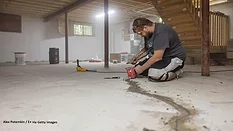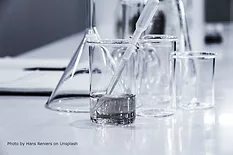
Market Trends
Tracking the latest trends in the adhesives, sealants, coatings and related industries.
Articles
More ArticlesBlog Posts
See MoreKeep the info flowing with our newsletters!
Get the latest industry updates tailored your way.
JOIN TODAY!Copyright ©2025. All Rights Reserved BNP Media.
Design, CMS, Hosting & Web Development :: ePublishing



